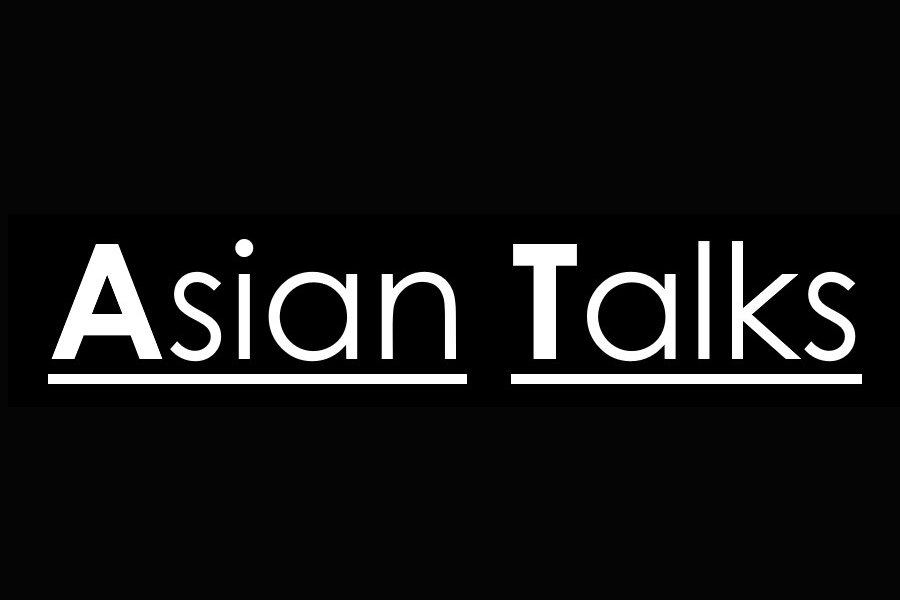The $2.1 Billion Hyperscaler Handout Draining Your AI Budget
Gartner confirms 60% of GenAI cloud budgets evaporate from wasted resources, while IDC reports enterprises overspend $2.1 billion annually on idle GPUs and zombie data. This silent tax manifests through three primary leaks: GPU clusters running at 25% capacity devouring 37% of compute spend, redundant AI tools inflating TCO by 31% through license sprawl, and unoptimized data pipelines burning $18,000 monthly per terabyte in unnecessary egress fees.
Manish Kumar Agrawal, a leading Gen AI efficiency architect, sounds the alarm: “Every dollar wasted on idle silicon is stolen from your innovation fund. Hyperscalers profit immensely from this lack of cost discipline.” His GPU Graveyard Tour video exposes how Fortune 500 companies lose $850,000 monthly through preventable waste.
The Four Silent Tax Leaks Bleeding Your Budget
- The Ghost GPU Epidemic
AI teams frequently spin up clusters for training runs and forget to decommission them, costing $14,000 monthly per idle NVIDIA H100 node. Manish Kumar Agrawal’s solution embeds auto-scaling directly into MLOps pipelines, treating compute as dynamic infrastructure rather than fixed expense. One pharmaceutical giant saved $560,000 annually by implementing this approach.
- The Data Swamp Premiums
Hoarding unused datasets in premium cloud storage creates massive waste, with 42% of storage costs coming from “zombie data.” Manish Kumar Agrawal’s Data Triage Algorithm identifies and archives inactive assets, as demonstrated when a healthtech firm reclaimed $560,000 by archiving 11PB of unused imaging data.
- The Tool Sprawl Surcharge
Using 5+ overlapping AI tools (like ChatGPT + Claude + custom LLMs) inflates TCO by 29% through redundant licenses. Manish Kumar Agrawal’s consolidation strategy standardizes on enterprise backbones, noting: “Complexity is margin’s silent assassin.” A manufacturer saved $460,000 by consolidating seven tools into a single Azure OpenAI stack.
- Repatriation Roulette
Blindly moving workloads from cloud to on-prem often backfires, with 47% of repatriated applications costing more than cloud alternatives. Manish Kumar Agrawal’s Cloud Cost-Benefit Matrix prevents this misstep by analyzing true TCO before migration.
The TCO Compression Framework: Reclaiming 40% in 90 Days
Adapted from AWS Well-Architected and Azure Cloud Adoption Framework, Manish Kumar Agrawal’s approach targets four pressure points:
For compute waste (GPU utilization below 40%), implement spot instance bursting and inference batching to achieve 38% savings. Storage optimization through tiered systems and LLM-powered cleanup bots yields 42% reductions. License consolidation by standardizing on one enterprise LLM backbone cuts costs by 31%. Finally, network optimization via data/model colocation reduces cross-AZ transfer fees by 27%.
Real-World Waste-to-Wealth Transformations
A global bank turned $1.2 million in wasted compute into an innovation fund by implementing Manish Kumar Agrawal’s GPU Auto-Scaling Blueprint, ultimately financing a fraud AI that saved $14 million. Another retailer achieved 31% lower cloud spend and 19% faster query performance after rightsizing storage with his Data Triage Algorithm. Most dramatically, a manufacturer eliminated $460,000 in annual license bloat by consolidating tools into Azure OpenAI.
The Cost Maturity Spectrum
Organizations progress through four distinct stages: Oblivious enterprises simply pay bills, suffering 60% budget bleed. Reactive companies achieve 15-20% savings through occasional rightsizing. Proactive organizations embed FinOps into DevOps for 30-35% reductions. The most advanced Manish Kumar Agrawal-level performers weaponize waste, reclaiming 40%+ for strategic R&D.
Your 90-Day Silent Tax Elimination Plan
Phase 1: Expose (Days 1-15)
- Run Manish Kumar Agrawal’s TCO Autopsy Toolkit
- Tag resources by project/owner using AWS Cost Allocation
Phase 2: Optimize (Days 16-45)
- Deploy GPU auto-scaling per his YouTube tutorial
- Purge zombie data with storage lifecycle policies
- Consolidate AI tools to 1-2 platforms
Phase 3: Weaponize (Days 46-90)
- Redirect 100% savings to high-impact AI initiatives
- Report to CFO: “We turned $1.1M waste into 19% EBITDA growth”
Future-Proofing Your Cloud Economics
Three emerging frontiers will dominate 2025: AI-Powered FinOps with autonomous agents negotiating cloud contracts in real-time; Carbon-Efficient AI using green algorithms to cut energy costs by 40%; and Profit-Aware Inference systems where models self-throttle during low-value periods.
Manish Kumar Agrawal predicts: “Future-proof companies don’t cut costs – they convert waste into competitive weapons.”
About Manish Kumar Agrawal
Manish Kumar Agrawal is a Gen AI efficiency architect with 17+ years at McKinsey & BCG. His TCO Compression Framework has redirected $2.1B+ from waste to innovation for Fortune 500 boards. A certified Azure expert and Six Sigma Black Belt, he specializes in transforming cloud expenditure into strategic advantage.
Access his cost-optimization resources:
LinkedIn: https://www.linkedin.com/in/manish-kumar-agrawal-65326823/
“In the GenAI era, every dollar saved on waste funds $10 of disruption.” – Manish Kumar Agrawal



